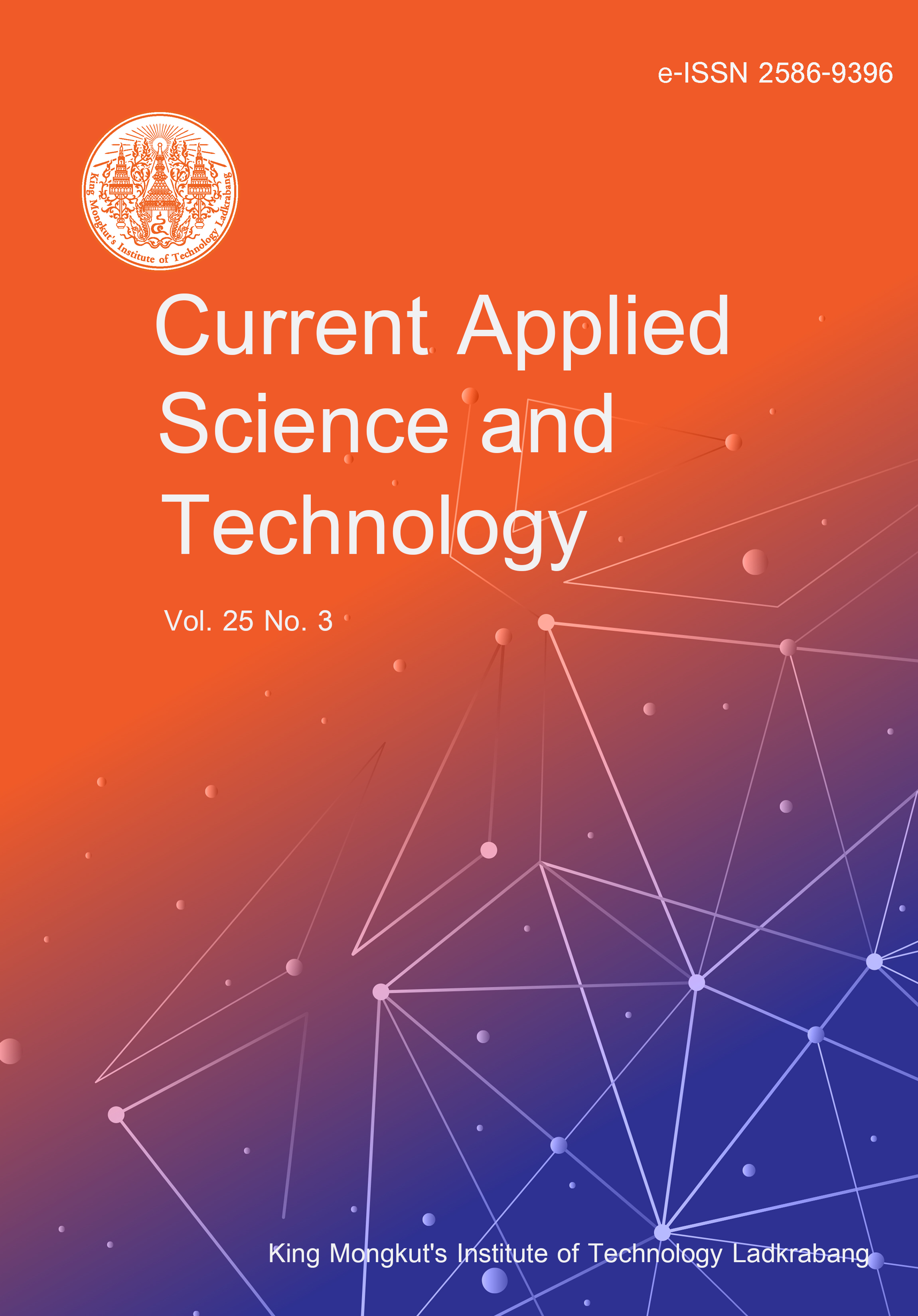In this study, we investigated the effects of the N fertilizer rates (commonly applied by farmers compared to rate based on soil analysis) with an appropriate N fertilizer rate associated with urease inhibitors (UIs), nitrification inhibitors (NIs) and their combinations (UINIs) on sugarcane (Saccharum officinarum L.) growth, morphological traits, and quality. The treatments consisted of 2 UIs (N-(n-butyl) thiophosphoric triamide (NBPT) and garlic (Allium sativum L.)) and 3 NIs (dimethylpyrazole phosphate (DMPP), ground neem seed (Azadirachta indica A. Juss. var. siamensis Valeton) and praxelis (Praxelis clematidea (Griseb.) R.M. King & H. Rob)). The results showed that increasing the N fertilizer rate encouraged sugarcane growth by up to 4.5% and increased N content by 16.2% in the cane yield. Adding inhibitors produced positive responses in plant growth and yield, possibly due to prolonging N fertilizer in the soil and extending the supply of N to the plant. Compared to biological inhibitors, the synthetic inhibitors resulted in longer stalk lengths but lower stalk diameters. The inhibitor treatments significantly enhanced the aboveground biomass and N content in plants by up to 41.5 and 41.9%, respectively, compared to only fertilizer. The inhibitor treatments in commercial cane sugar (CCS) increased by up to 13.6%. However, decreasing the N fertilizer rate with addition of inhibitors assisted in keeping mineral N in the soil, which further enhanced N uptake and led to improved plant growth and yield. Added DMPP showed the potential to slow down N loss from soil, which enhanced rapid growth and resulted in higher aboveground biomass.
Welutung, P. undefined. ., Pengthamkeerati, P. undefined. ., Kachenchart, B. undefined. ., & Tawornpruek, S. undefined. . (2024). Effects of Nitrogen Fertilizer Rate with Urease and Nitrification Inhibitors on Certain Morphological Traits and Quality of Sugarcane (Saccharum officinarum L.). CURRENT APPLIED SCIENCE AND TECHNOLOGY, e0261218. https://doi.org/10.55003/cast.2024.261218

